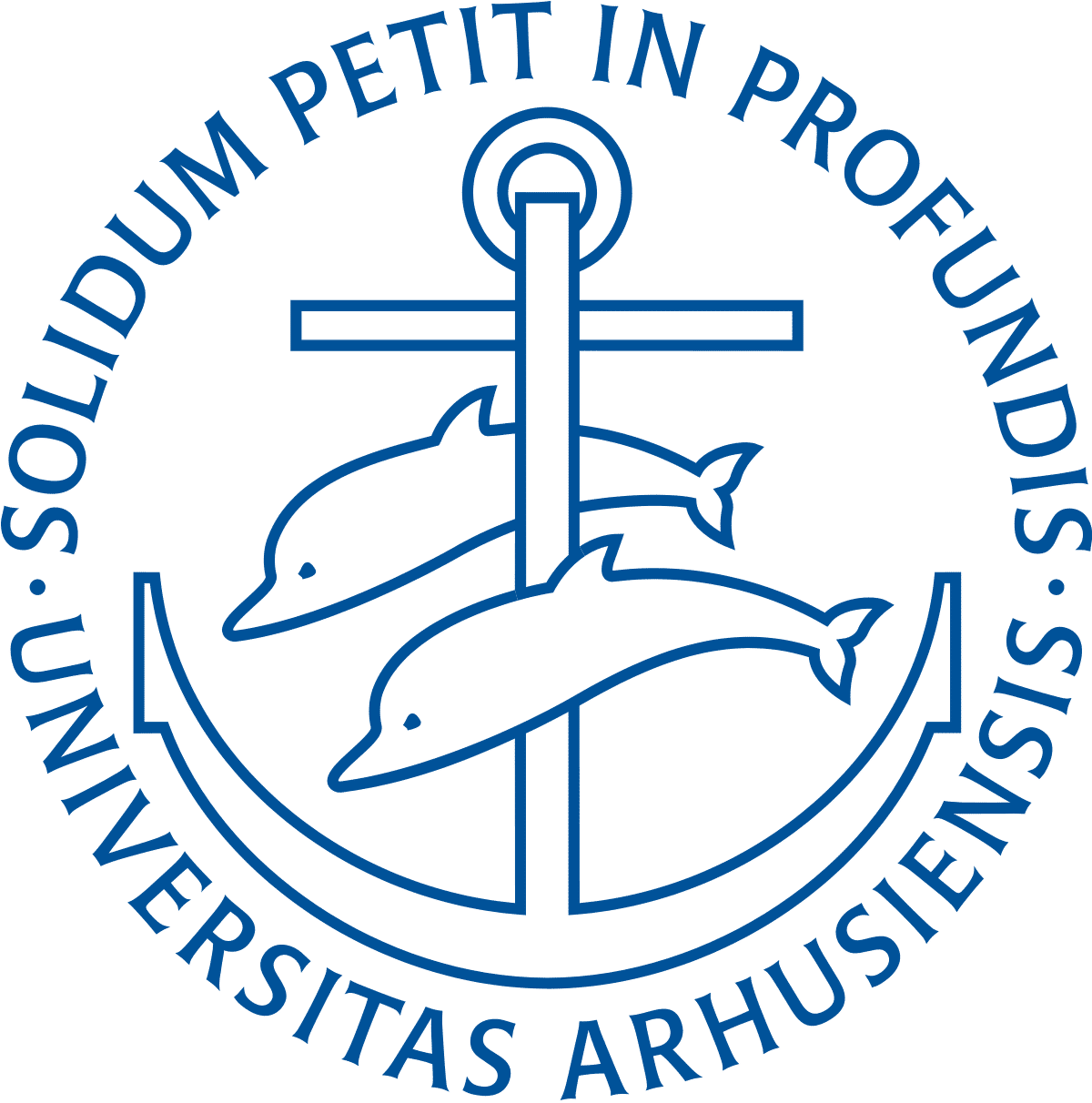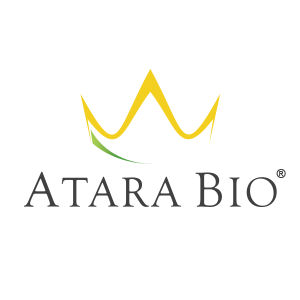Request Demo
Last update 08 May 2025
EBV viremia
Last update 08 May 2025
Basic Info
Synonyms EBV viraemia, EBV viremia |
Introduction- |
Related
2
Drugs associated with EBV viremiaTarget |
Mechanism CD19 modulators |
Active Org.- |
Originator Org. |
Active Indication- |
Inactive Indication |
Drug Highest PhasePending |
First Approval Ctry. / Loc.- |
First Approval Date20 Jan 1800 |
9
Clinical Trials associated with EBV viremiaNCT06681025
An Observational, Multi-center, Prospective and Retrospective Clinical Study to Evaluate the Performance of the NeuMoDx™ EBV Quant Assay 2.0 on the NeuMoDx™ Molecular Systems in Immunocompromised Transplant Patients
The NeuMoDx EBV Quant Assay 2.0 study is a multi-center, observational clinical investigation designed to evaluate the performance of the NeuMoDx EBV Quant Assay 2.0 in quantifying Epstein-Barr virus (EBV) DNA levels in plasma samples from immunocompromised transplant patients. The study compares the NeuMoDx EBV assay's performance against an FDA-cleared comparator assay under routine clinical use conditions, utilizing both the NeuMoDx™ 96 and NeuMoDx™ 288 Molecular Systems. The aim is to demonstrate the quantitative concordance and clinical utility of the assay in monitoring EBV DNA levels as part of patient management.
Start Date31 Aug 2022 |
Sponsor / Collaborator |
NCT04189835
EVITA Study - Epstein-Barr Virus Infection MoniToring in RenAl Transplant Recipients - Early Identification of Increased Risk of Infection and Cancer for Individualised Immunosuppression.
Transplant recipients are treated with immunosuppressive drugs to avoid rejection of the transplanted organ. As the medication impairs the immune response, it also increases the risk of serious infections and cancer in transplant recipients compared with the general population.
Previous studies have shown a close association between Epstein-Barr virus (EBV) and post transplant lymphoproliferative disorder (PTLD), with frequent demonstration of the virus in lesional tissues. Transplant recipients without evidence of EBV infection prior to transplantation (EBV seronegative) are at particularly high risk of developing PTLD. Other risk factors include a high viral load. As part of a preventive approach against PTLD, several transplantation units now monitor the occurrence of EBV DNAemia after transplantation. However, there is little evidence to guide this strategy; nor is there consensus concerning either the best specimen to use for EBV analysis (whole blood or plasma) or the appropriate clinical action to take if EBV DNAemia is detected.
Our aim is to estimate the incidence and clinical consequences of Epstein-Barr virus (EBV) DNAemia in whole blood and plasma in renal transplant recipients, and to determine if persistence of EBV DNAemia can predict excessive immunosuppression as indicated by the incidence of infections requiring hospitalisation, EBV driven PTLD and mortality.
Previous studies have shown a close association between Epstein-Barr virus (EBV) and post transplant lymphoproliferative disorder (PTLD), with frequent demonstration of the virus in lesional tissues. Transplant recipients without evidence of EBV infection prior to transplantation (EBV seronegative) are at particularly high risk of developing PTLD. Other risk factors include a high viral load. As part of a preventive approach against PTLD, several transplantation units now monitor the occurrence of EBV DNAemia after transplantation. However, there is little evidence to guide this strategy; nor is there consensus concerning either the best specimen to use for EBV analysis (whole blood or plasma) or the appropriate clinical action to take if EBV DNAemia is detected.
Our aim is to estimate the incidence and clinical consequences of Epstein-Barr virus (EBV) DNAemia in whole blood and plasma in renal transplant recipients, and to determine if persistence of EBV DNAemia can predict excessive immunosuppression as indicated by the incidence of infections requiring hospitalisation, EBV driven PTLD and mortality.
Start Date03 Jan 2020 |
Sponsor / Collaborator  University of Aarhus University of Aarhus [+2] |
EUCTR2014-004817-98-GR
Administration of Rapidly Generated Multivirus-Specific Cytotoxic TLymphocytes for the Treatment of CMV, EBV, and BK virus Infections post Allogeneic Stem Cell Transplant - Tri-VSTs-001
Start Date25 Jun 2019 |
Sponsor / Collaborator- |
100 Clinical Results associated with EBV viremia
Login to view more data
100 Translational Medicine associated with EBV viremia
Login to view more data
0 Patents (Medical) associated with EBV viremia
Login to view more data
684
Literatures (Medical) associated with EBV viremia01 May 2025·International Immunopharmacology
Long-term outcomes in patients with persistent EBV-DNA positivity after primary Epstein-Barr virus infection and clinical implications of rituximab therapy
Article
Author: Ma, Yaxian ; Gu, Jia ; Liu, Min ; Hong, Zetong ; Yin, Qing ; Zheng, Miao ; Chen, Liting
17 Apr 2025·Nature
TGFβ links EBV to multisystem inflammatory syndrome in children
Article
Author: Mall, Marcus Alexander ; Amini, Leila ; Yonker, Lael M ; Belot, Alexandre ; Kruglov, Andrey ; Mashreghi, Mir-Farzin ; Gratopp, Alexander ; Maurer, Marcus ; Vial Cox, Maria Cecilia ; Javouhey, Etienne ; Khaldi-Plassart, Samira ; Hallensleben, Michael ; Heuhsen, Anja Isabelle ; Kallinich, Tilmann ; Magliocco, Mary ; Massoud, Mona ; Guerra, Gabriela Maria ; Montealegre Sanchez, Gina A ; Verboom, Murielle ; Sawitzki, Birgit ; Matz, Mareen ; Espinosa, Yazmin ; Unterwalder, Nadine ; Lo Vecchio, Andrea ; Bondareva, Marina ; Goetzke, Carl Christoph ; Schmueck-Henneresse, Michael ; Licha, Jan Robin ; Wiese, Niklas ; Heinrich, Frederik ; von Bernuth, Horst ; Zhang, Yu ; Delmonte, Ottavia M ; Ozen, Seza ; von Stuckrad, Anne Sae Lim ; Radbruch, Andreas ; Lehmann, Katrin ; Roehmel, Jobst Fridolin ; Discepolo, Valentina ; Pons, Sylvie ; Dobbs, Kerry ; Burkhardt, Lisa-Marie ; Poli, Maria Cecilia ; Sahin, Bengü ; Wisniewski, Sebastian ; Barron, Karyl ; Ozsurekci, Yasemin ; Danielson, Jeffrey ; Witkowski, Mario ; Petrov, Lev ; Peter, Lena ; Trouillet-Assant, Sophie ; Frischbutter, Stefan ; Durek, Pawel ; Astudillo, Camila ; Su, Helen C ; Ehlers, Lisa ; Gewurz, Benjamin E ; Ferreira-Gomes, Marta
01 Mar 2025·Microbiology and Immunology
Persistent Epstein–Barr Virus Infection of Epithelial Cells Leads to APOBEC3C Expression and Induces Mitochondrial DNA Mutations
Article
Author: Wakae, Kousho ; Okada, Shunpei ; Yoshiyama, Hironori ; Muramatsu, Masamichi ; Wai, Aung Phyo ; Richardo, Timmy ; Iizasa, Hisashi
1
News (Medical) associated with EBV viremia05 Feb 2025
WEDNESDAY, Feb. 5, 2025 -- Epstein-Barr virus (EBV)-seronegative recipients of EBV-seropositive donor (EBV D+/R−) kidneys have an increased risk for posttransplant lymphoproliferative disorder (PTLD), according to a study published online Jan. 28 in the
Annals of Internal Medicine
.
Vishnu S. Potluri, M.D., M.P.H., from the Hospital of the University of Pennsylvania, and colleagues conducted a retrospective cohort study to examine the associations between pretransplant EBV D+/R− and recipient EBV-seropositive status (R+) and the outcomes of PTLD and graft and patient survival in adult recipients of
kidney transplant
.
The final cohort included 104 EBV D+/R− recipients matched to 312 EBV R+ recipients. The researchers found that 50 (48.1 percent) of the EBV D+/R− recipients developed EBV DNAemia, with a median time of 198 days after transplant. At a median of 202 days after transplant, 23 (22.1 percent) EBV D+/R− recipients had PTLD. Higher all-cause graft failure was seen in EBV D+/R− recipients (hazard ratio, 2.21; 95 percent confidence interval, 1.06 to 4.63), and mortality was higher but the increase was not statistically significant (hazard ratio, 2.19; 95 percent confidence interval, 0.94 to 5.13).
"Our findings highlight the need for strategies to attenuate the effect of donor-derived EBV infection among EBV-seronegative recipients and for counseling prospective EBV D+/R− recipients about the elevated risk for early PTLD," the authors write.
Clinical ResultClinical Study
Analysis
Perform a panoramic analysis of this field.
login
or

AI Agents Built for Biopharma Breakthroughs
Accelerate discovery. Empower decisions. Transform outcomes.
Get started for free today!
Accelerate Strategic R&D decision making with Synapse, PatSnap’s AI-powered Connected Innovation Intelligence Platform Built for Life Sciences Professionals.
Start your data trial now!
Synapse data is also accessible to external entities via APIs or data packages. Empower better decisions with the latest in pharmaceutical intelligence.
Bio
Bio Sequences Search & Analysis
Sign up for free
Chemical
Chemical Structures Search & Analysis
Sign up for free

